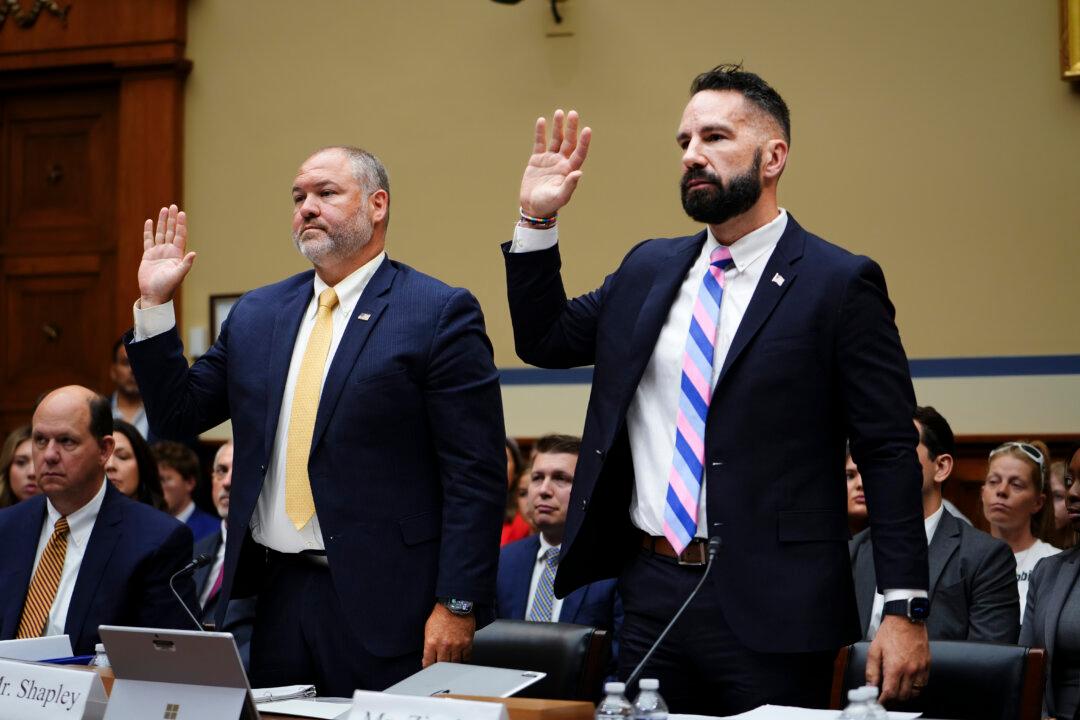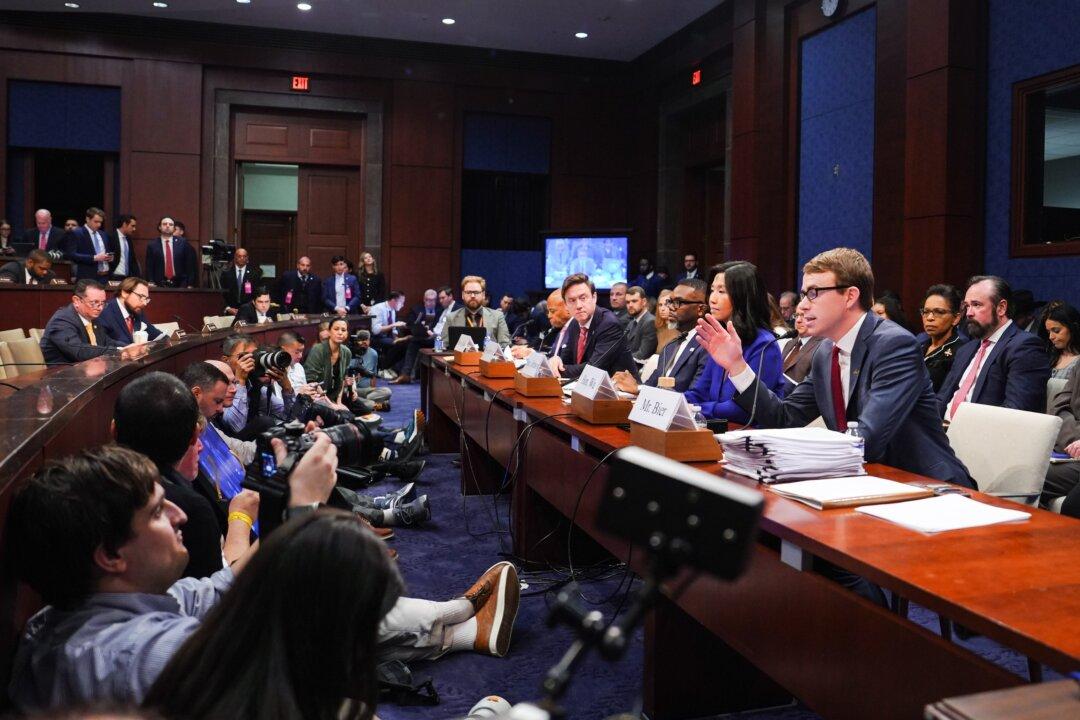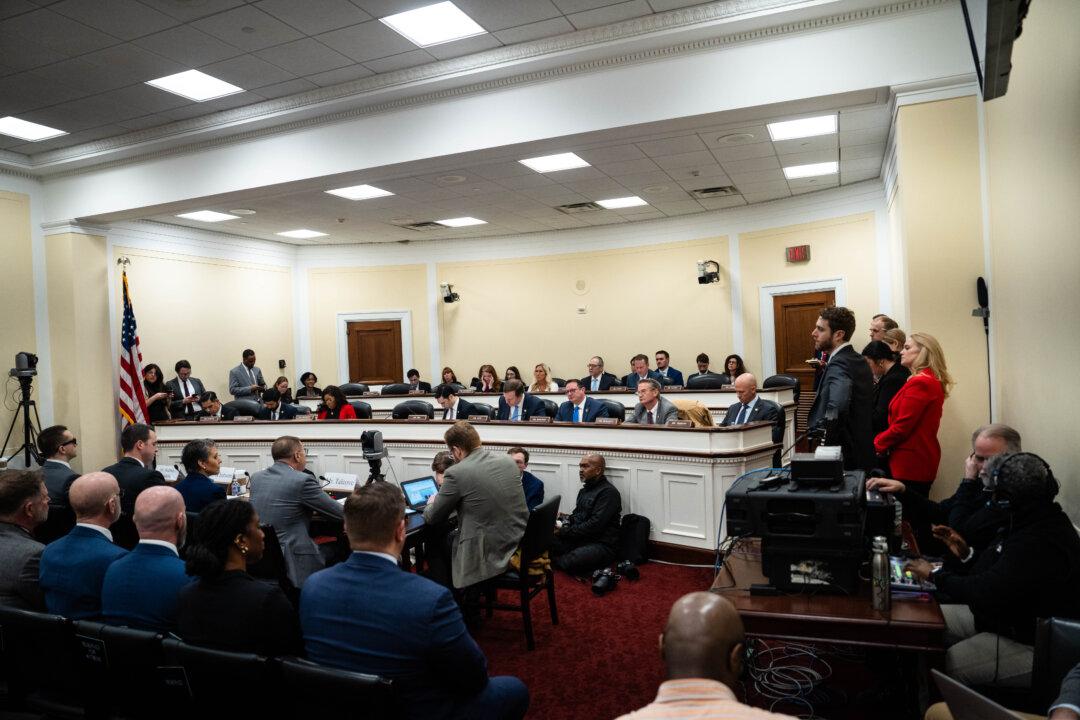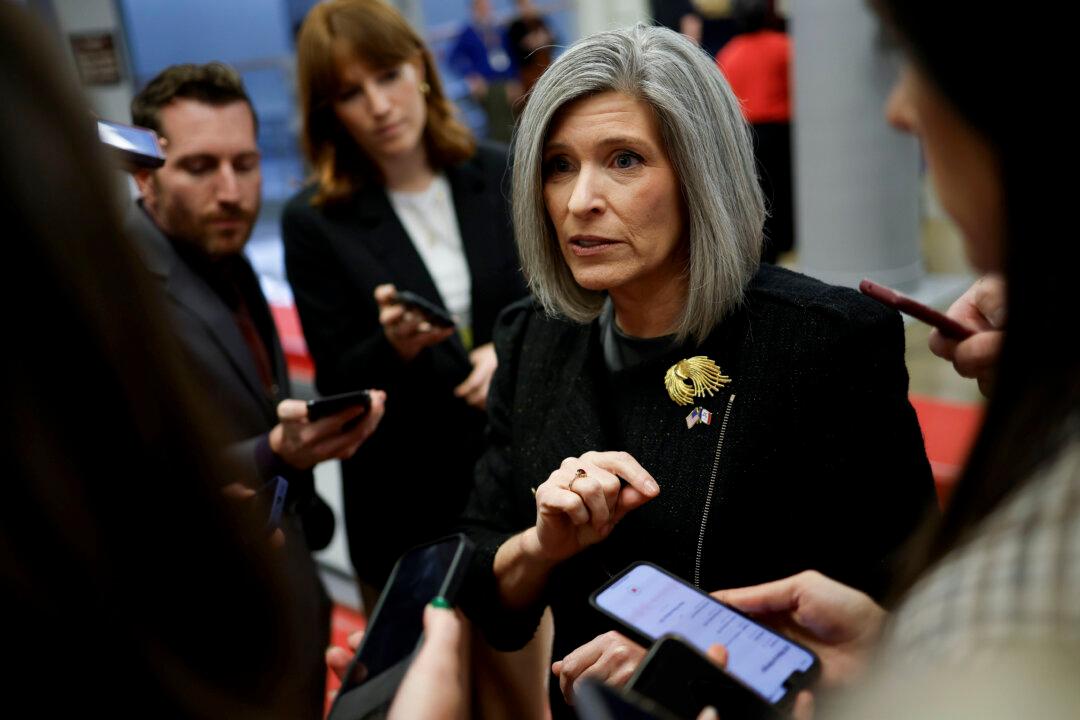Fifty-four percent of respondents to a nationwide survey don’t think increasing the federal minimum wage to $15 by 2025 is worth the potential loss of as many as 3.7 million jobs that currently pay less than that.
Another 26 percent aren’t sure if the tradeoff would be a good one, while 20 percent of respondents support the idea, according to the results of the survey conducted by Rasmussen.com for the Job Creators Network Foundation (JCNF), a nonprofit advocacy group founded by Home Depot co-founder Bernie Marcus.





